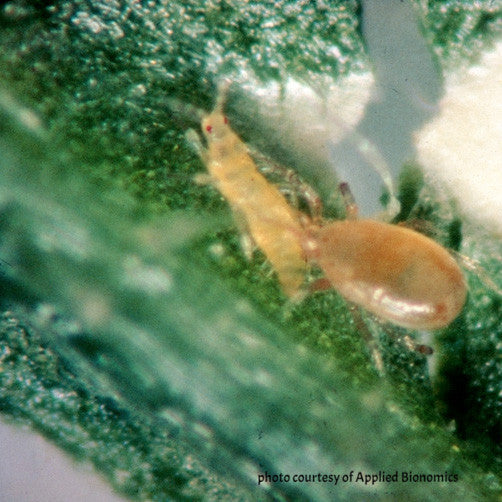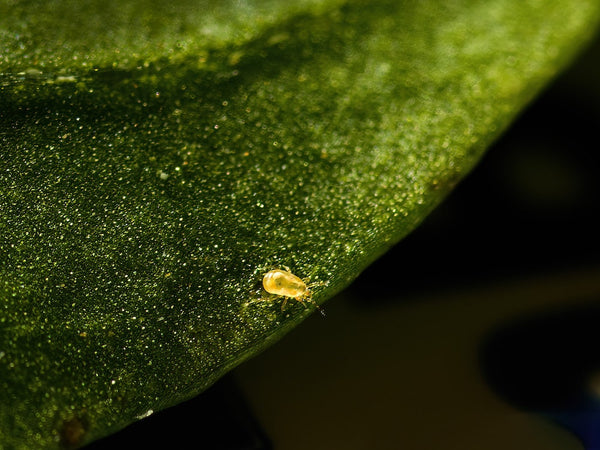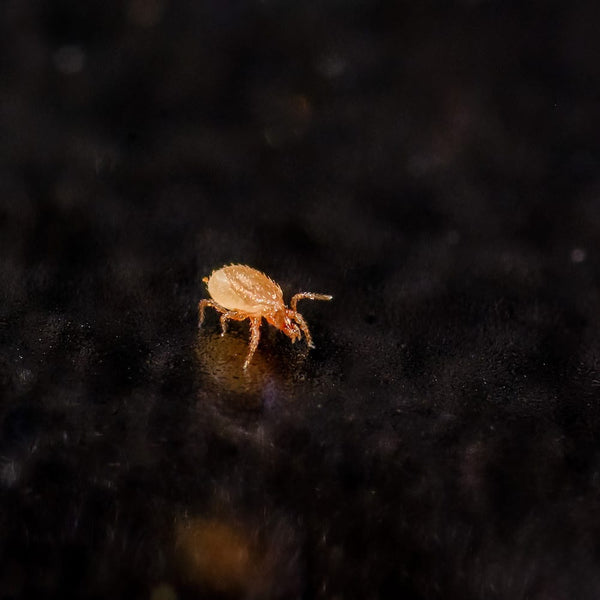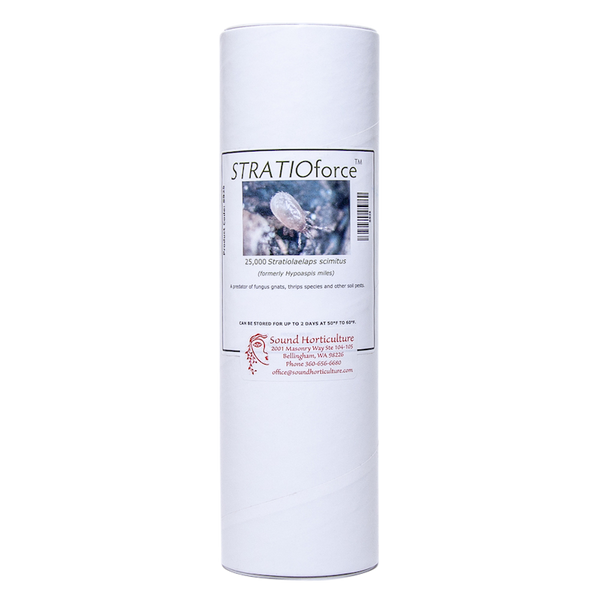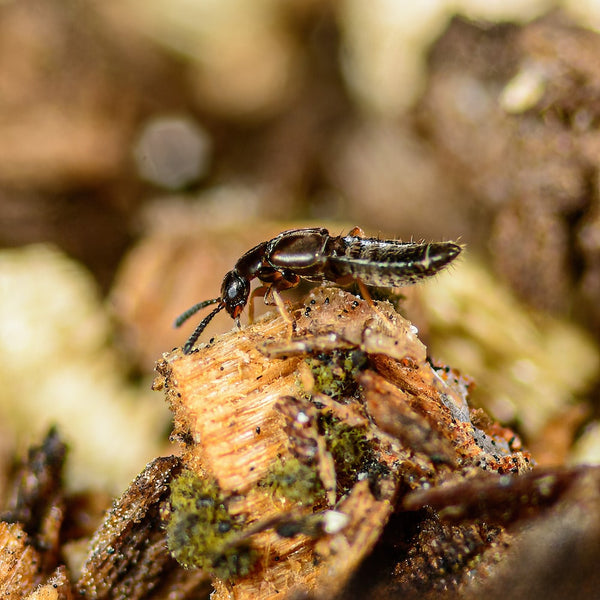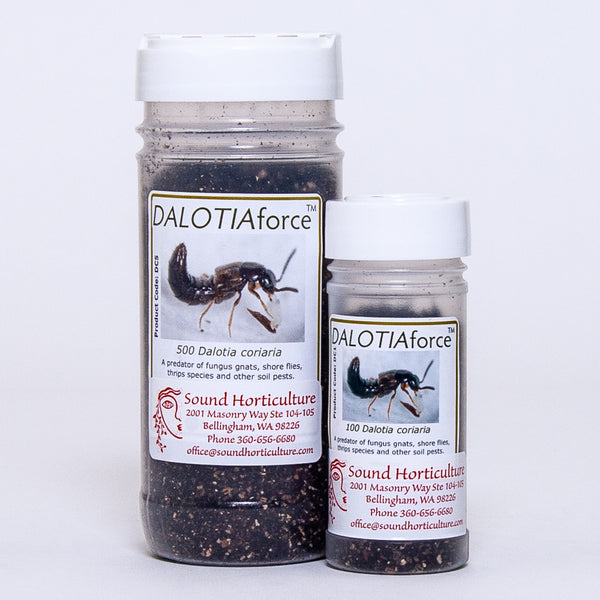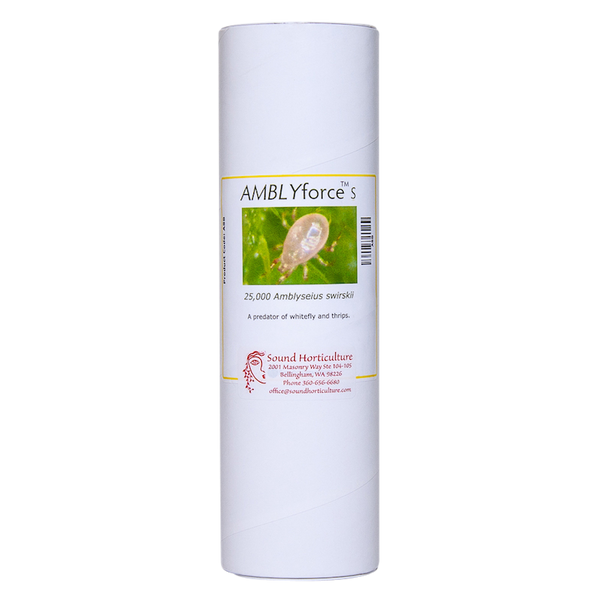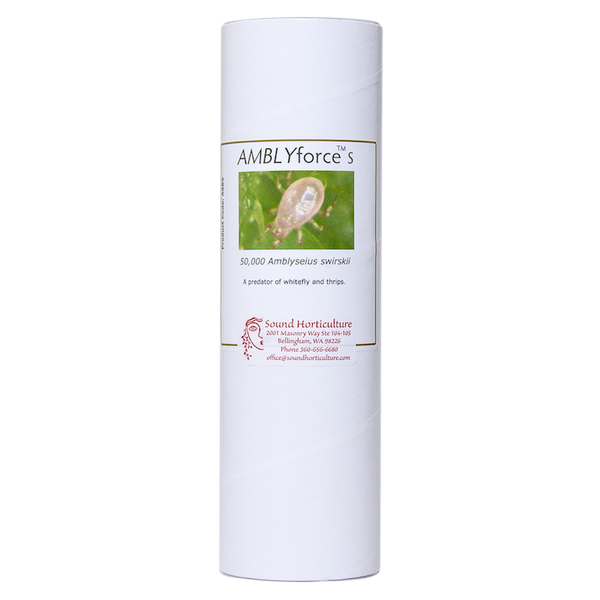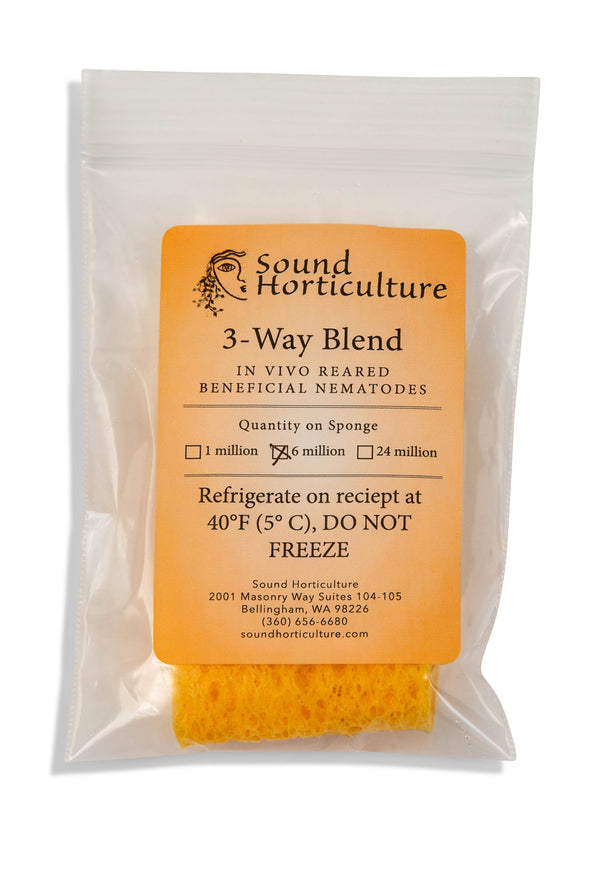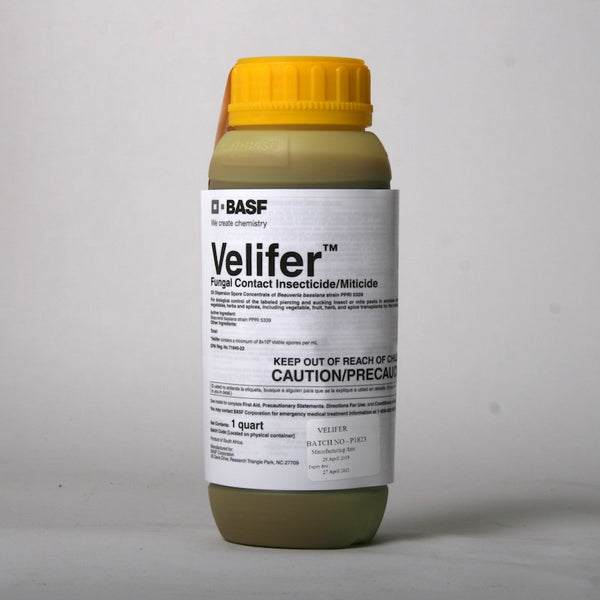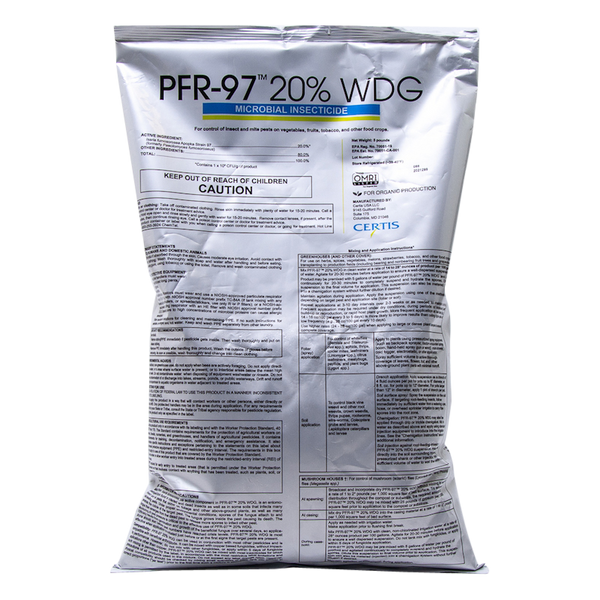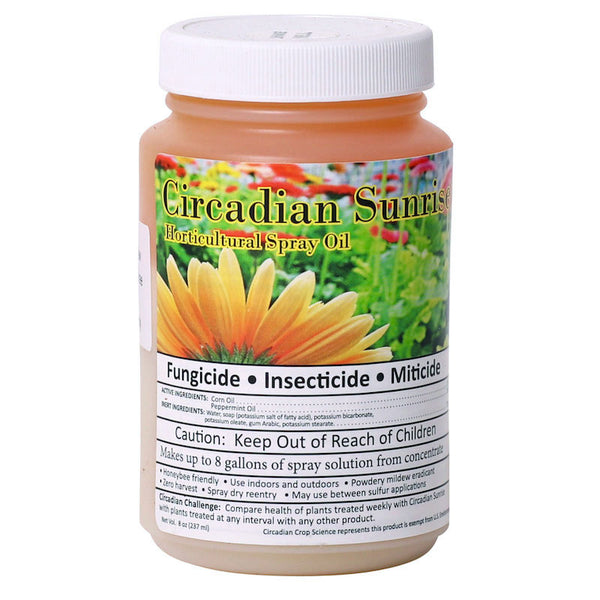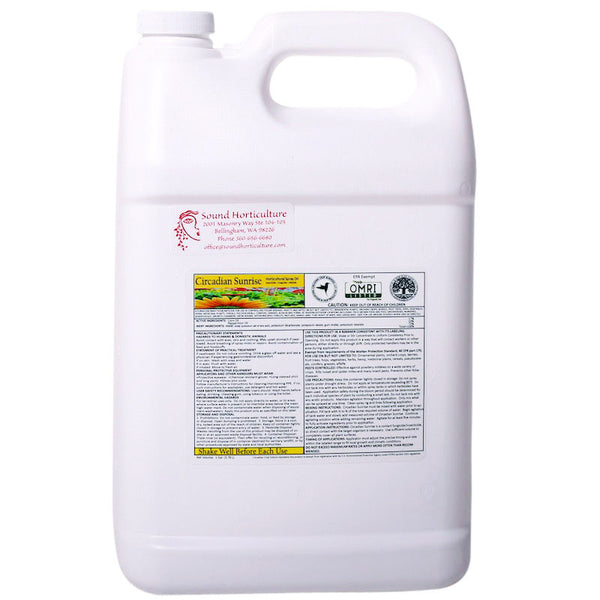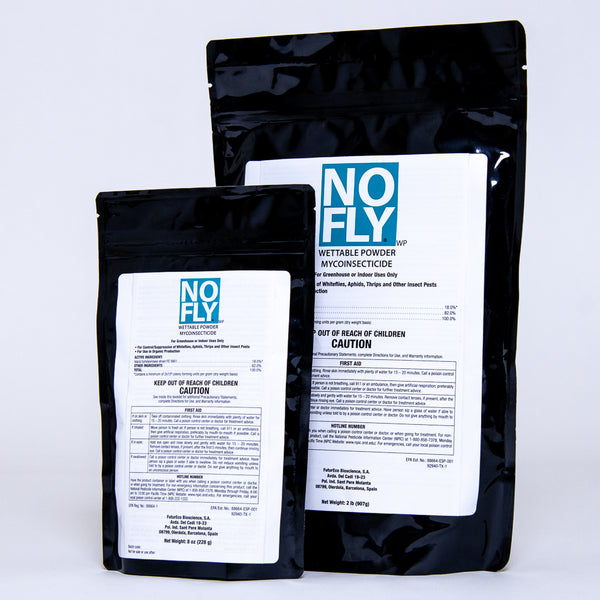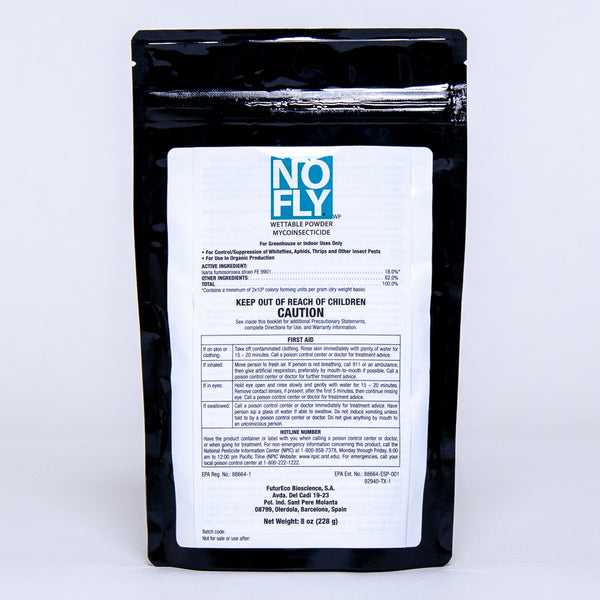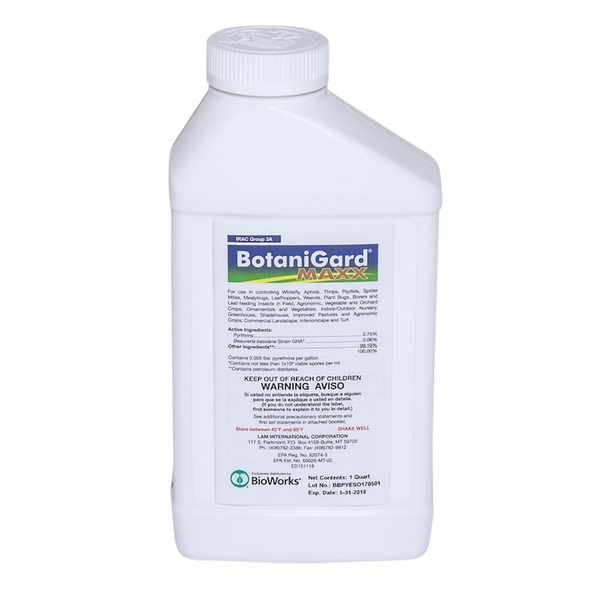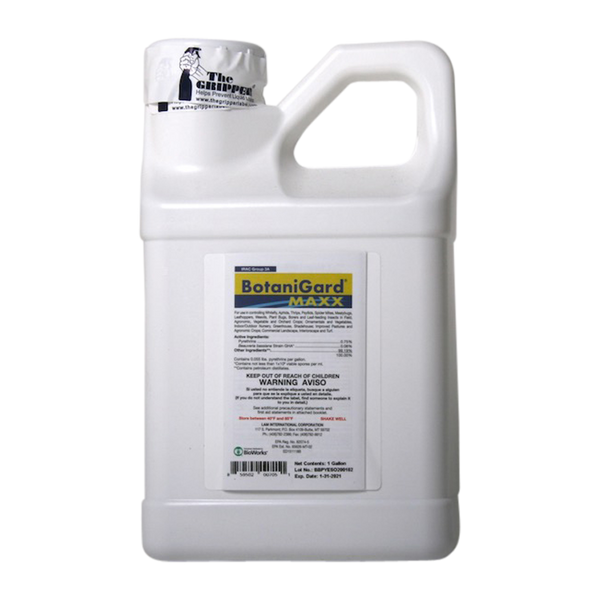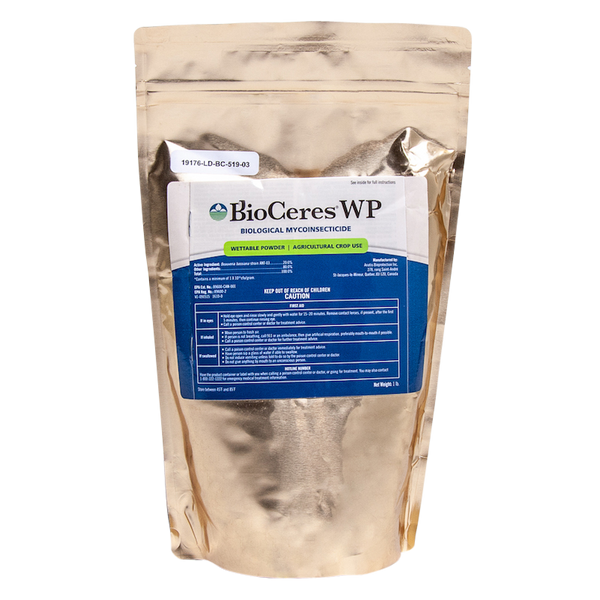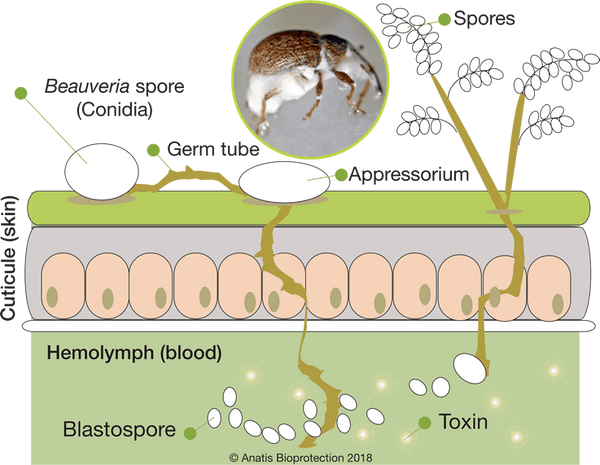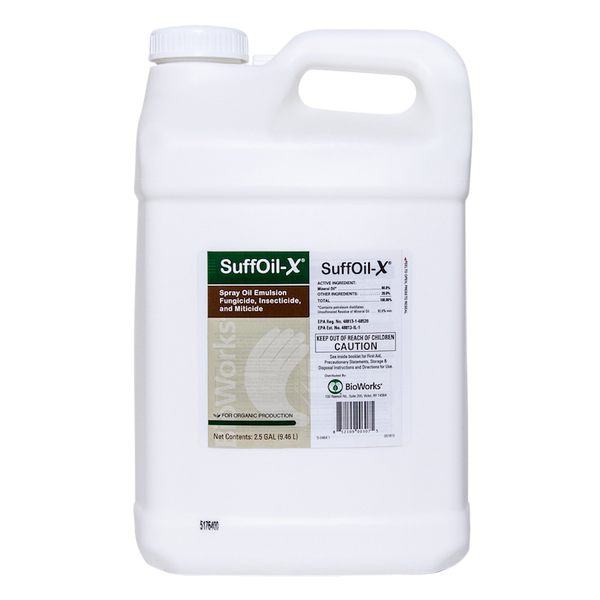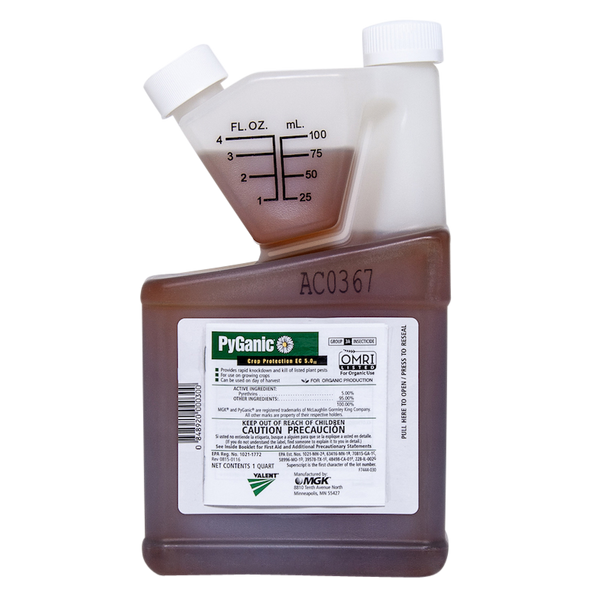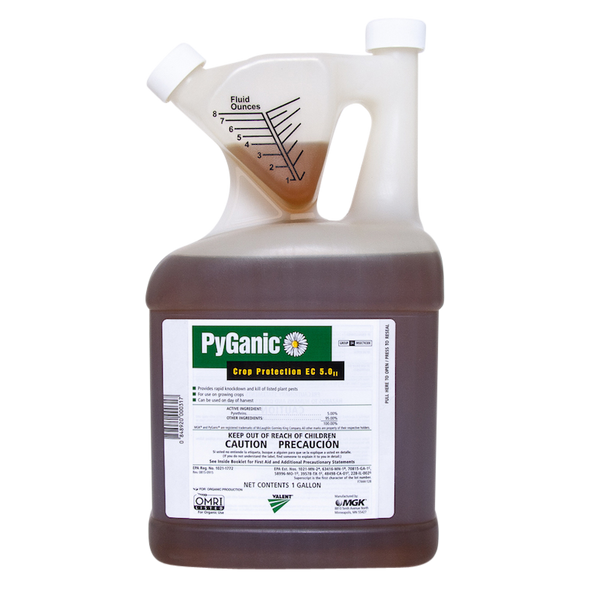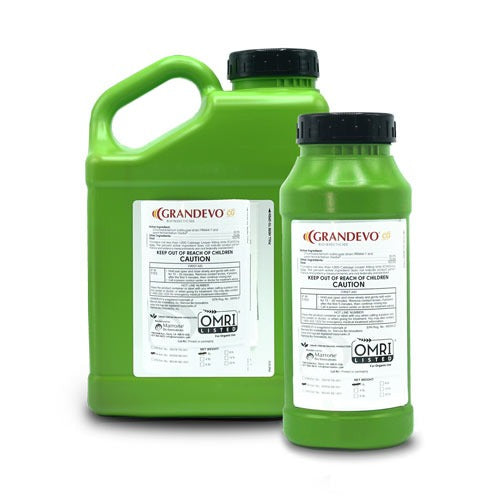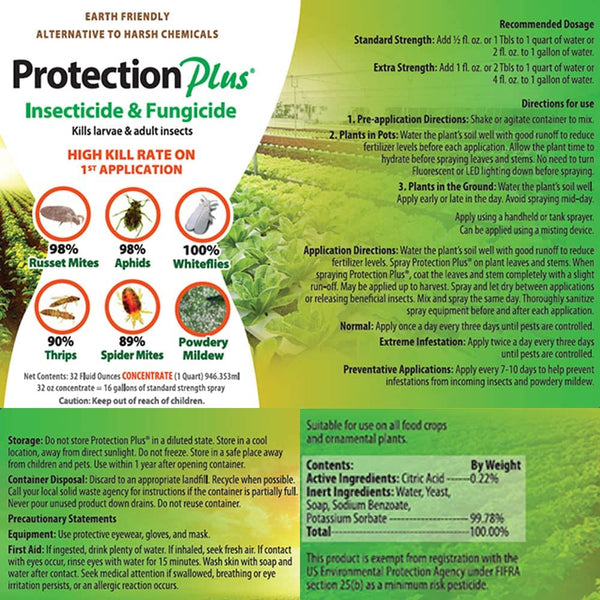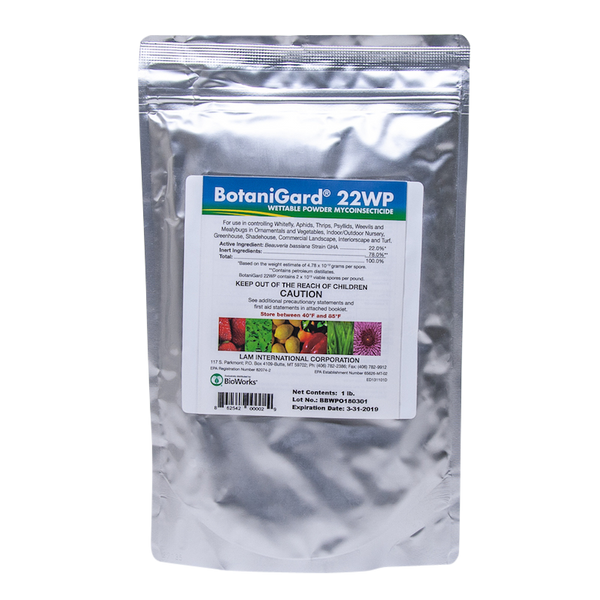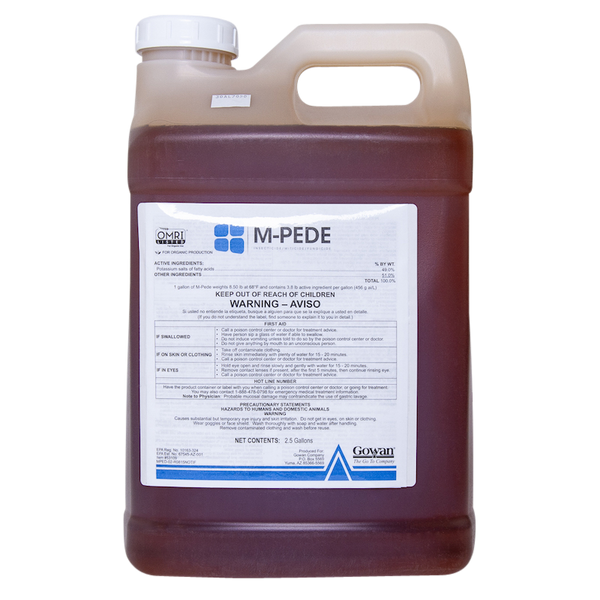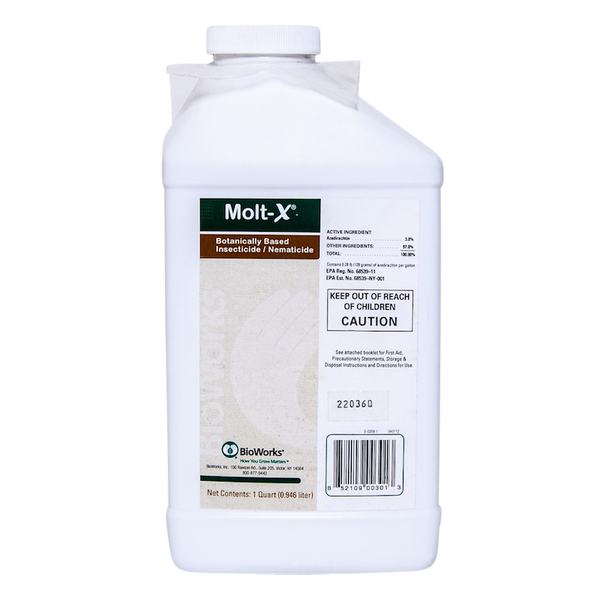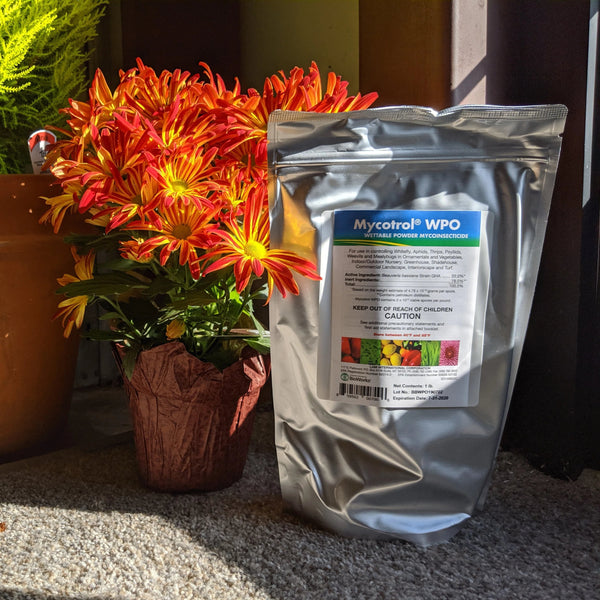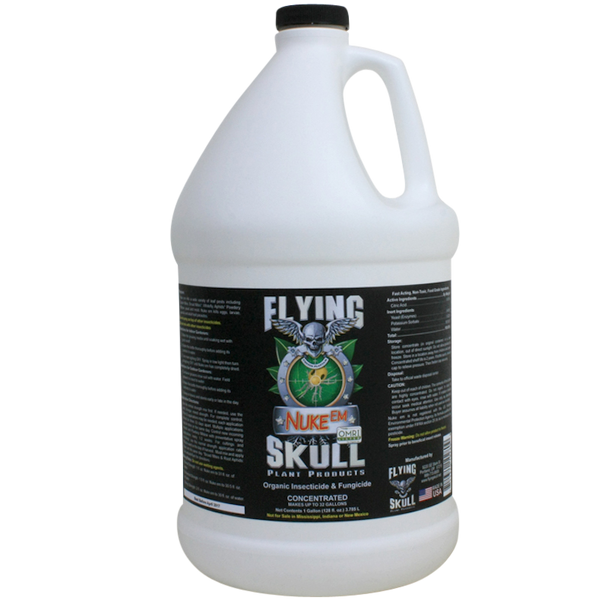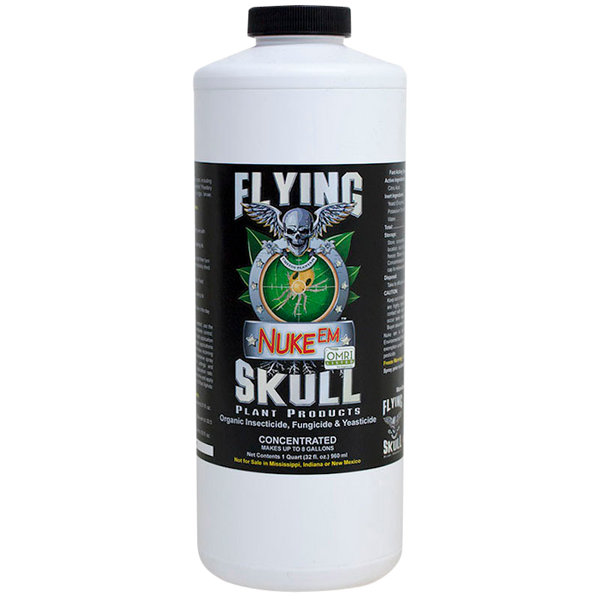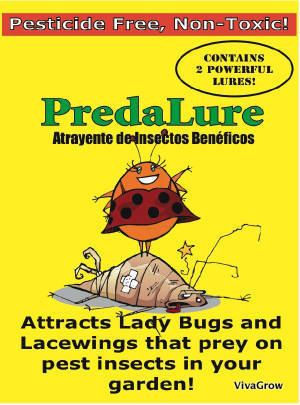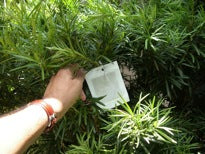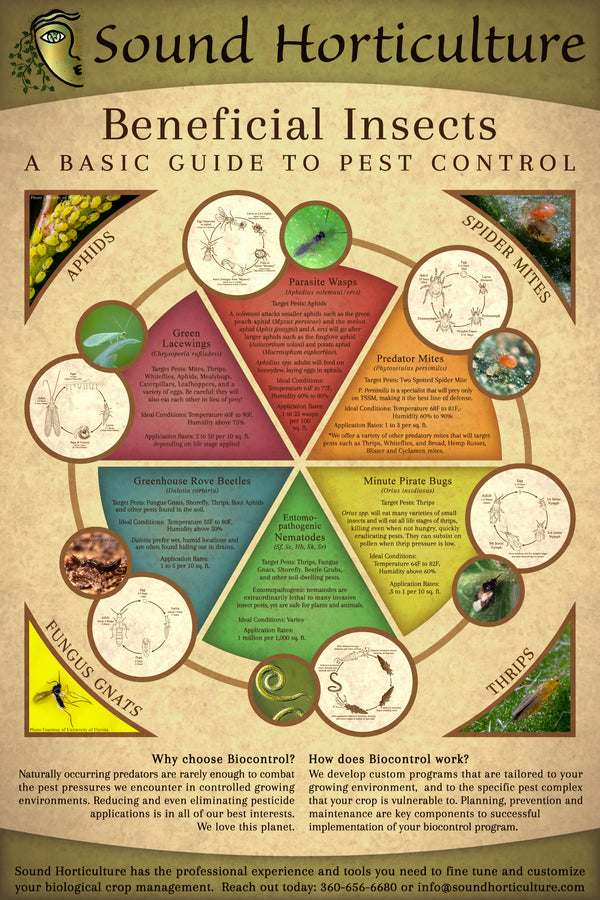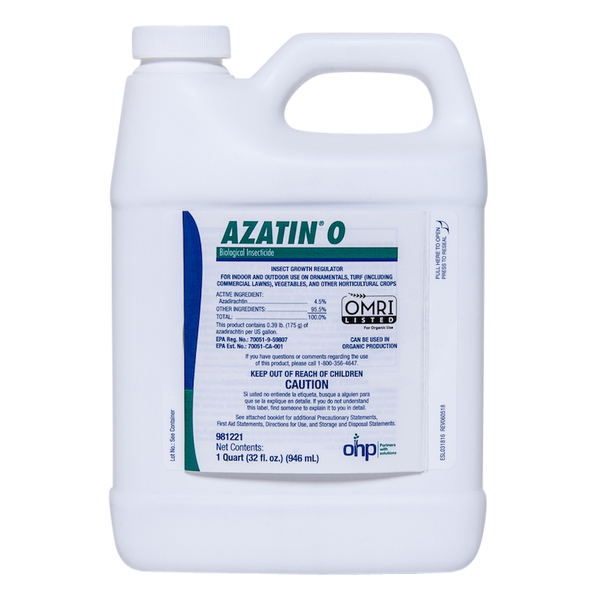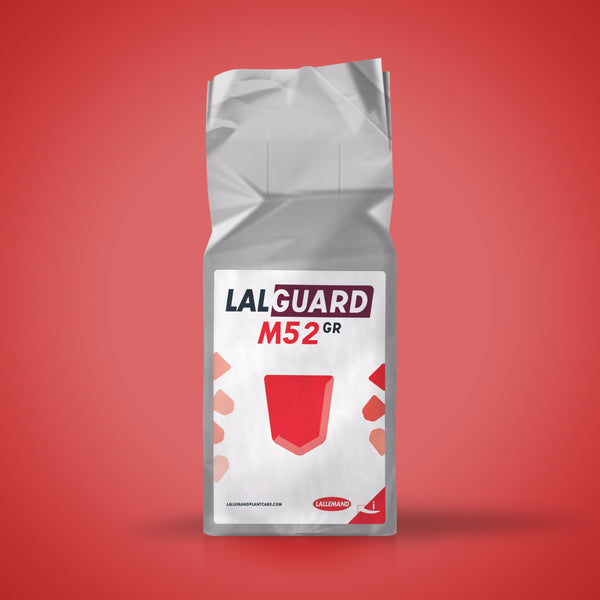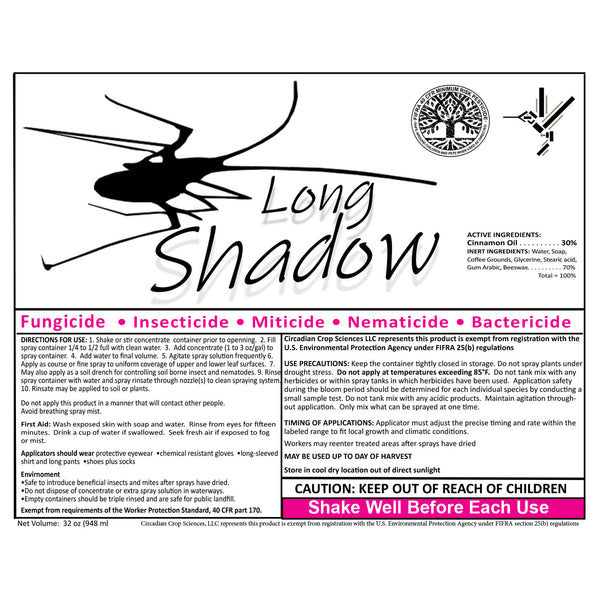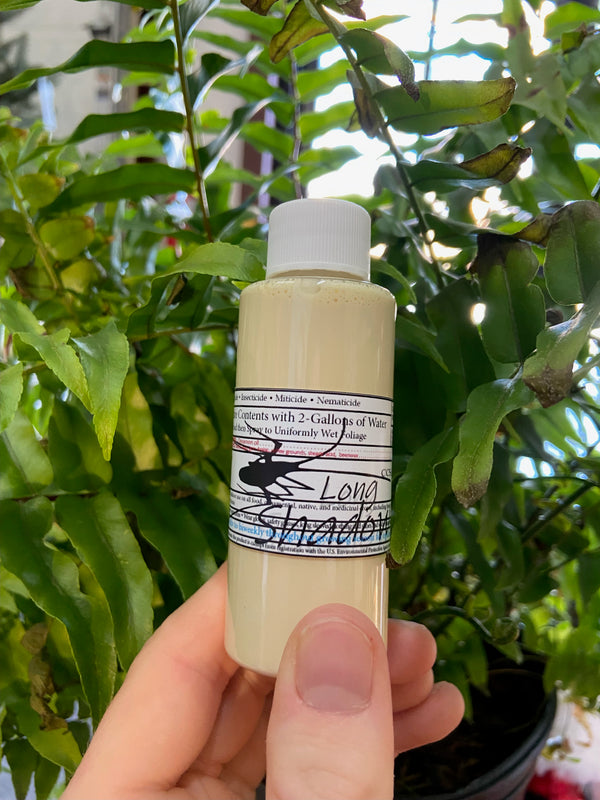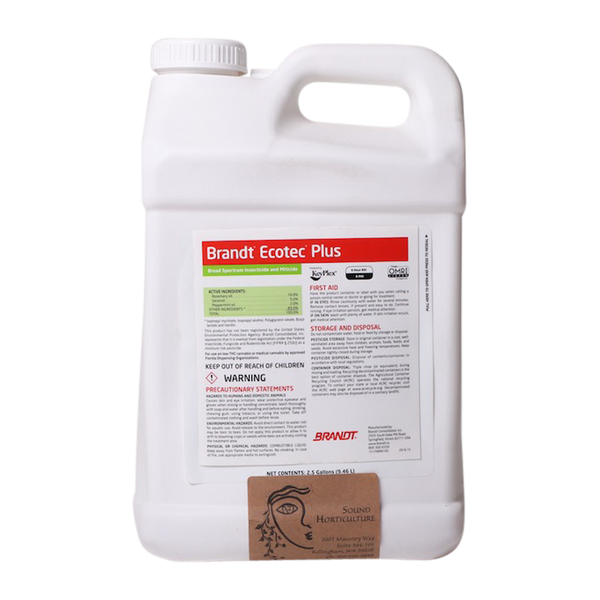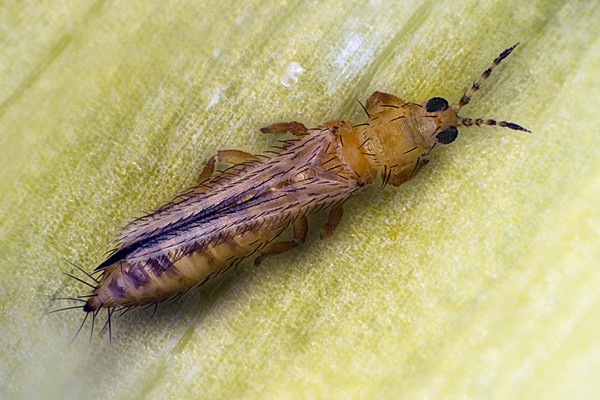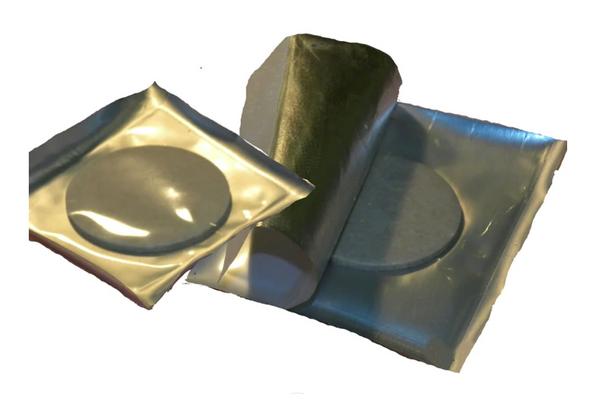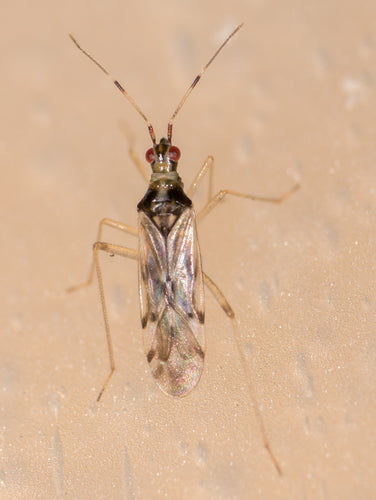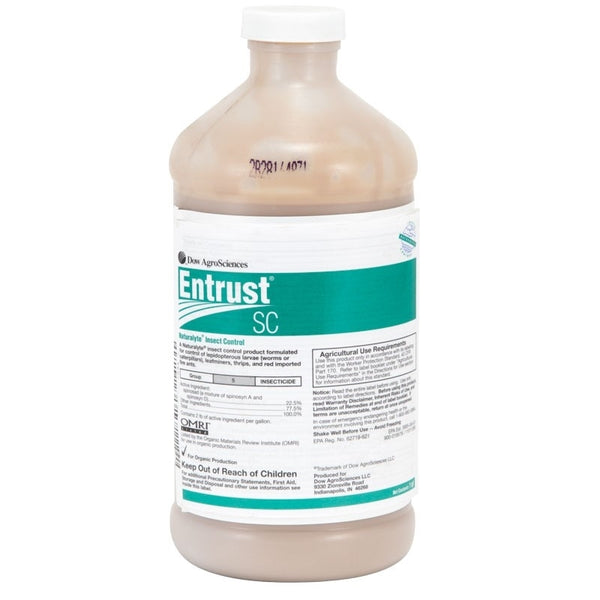Western Flower Thrips Control
Description
Western flower thrips (Frankliniella occidentalis) are elongated insects that range in color from brown to yellow to cream. Adults have narrow, fringed wings, and nymphs are wingless. They can move rapidly and prefer to shelter in crevices and folds of flowers and foliage. Thrips damage plants by feeding on leaf and flower tissue, leaving a silvery appearance. They also lay eggs in leaves and flower tissue and in young developing fruit (such as cucumbers). This causes distortions in fruit and in the growing points. WFT are found in both vegetable and ornamental crops. On tomatoes, thrips feeding causes 'ghost rings' on the fruit. WFT can also transmit Tomato Spotted Wilt Virus (TSWV) which is lethal to tomatoes and some ornamentals.
Life Cycle
The overall life cycle of the western flower thrips takes 21 days at 72ºF. Females lay eggs in leaf tissue. Each female lays 6-10 eggs per day over her life span of 4-5 weeks. The eggs hatch in five days at 72ºF. The nymphs feed on plant tissue for 8-10 days, then drop to the ground to complete development in protected sites on the floor or soil. Thrips have an immobile stage, similar to a pupal stage (called a pseudo-pupa) which lasts 7-10 days. When adults emerge they fly to upper foliage and the females begin laying eggs after a day or two.

Identification
Please note that there are many species of thrips and each type will have different management strategies. This makes thrips identification critical. Western flower thrips have a soil dwelling stage that are susceptible to soil-dwelling predators and parasites. If you need help with ID, please visit the key below.
Thrips ID key Ontario Floriculture

Control
Sound Horticulture offers several options for biological control of thrips. You can use beneficial mites and insects and the biopesticides listed below. Amblyseius cucumeris is a predatory mite that comes in sachets or loose release to sprinkle on foliage. Orius insidiosus is a good generalist predator on flowering plants. For use in the soil or growth media use the predatory mite Stratiolaelaps scimitus and entomopathogenic nematodes. Read more about these predators on our website and talk to us about a thrips control strategy that works for you.
Western flower thrips, UC Riverside
Western flower thrips, USU Extension
Western flower thrips, UMass Amherst
Always obtain an accurate identification of the pest and ensure you are using good cultural and sanitation practices. Local extension offices can hep with pest ID. Additionally, feel free to send us images and we will do our best to assist you.
Remember to review labels prior to purchase to confirm the product you are purchasing is labeled for the specific pest/disease and crop you are treating.

